Fast and Precise Water Softener Setup for Your Home
Water softener systems are designed to improve water quality by reducing minerals such as calcium and magnesium. Proper installation ensures optimal performance, longevity, and benefits for household plumbing and appliances.
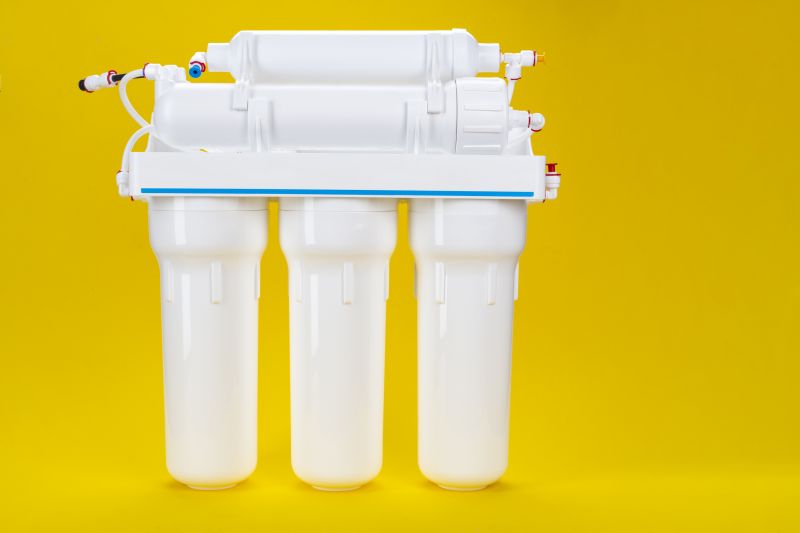
A space-efficient system suitable for smaller homes or apartments, providing effective water softening without occupying much space.
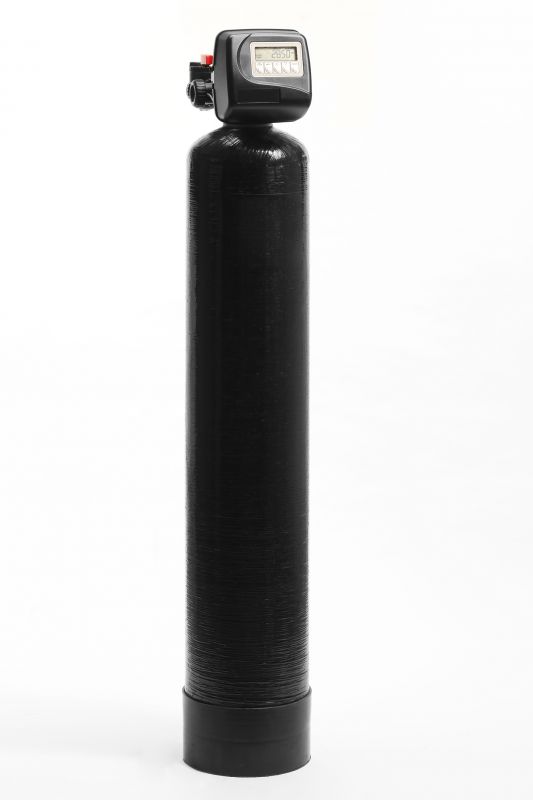
Designed for larger households, this system handles high water demand while maintaining consistent softening performance.
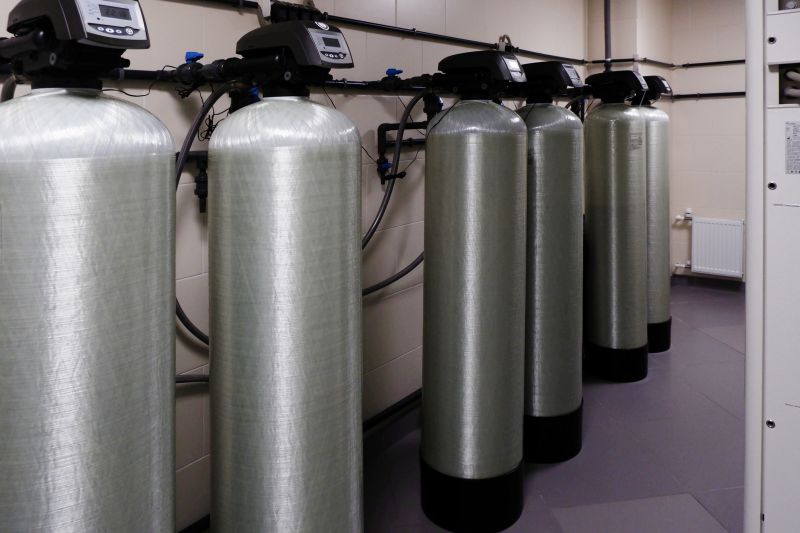
Offers continuous soft water supply by alternating between two tanks, reducing downtime during regeneration cycles.

Uses alternative methods to reduce scale buildup, suitable for those seeking low-maintenance options.

Features automated regeneration cycles, ensuring consistent soft water without manual intervention.

Installed at the point of entry to provide soft water throughout the entire residence.

A compact solution for specific fixtures or small households, installed directly under sinks.
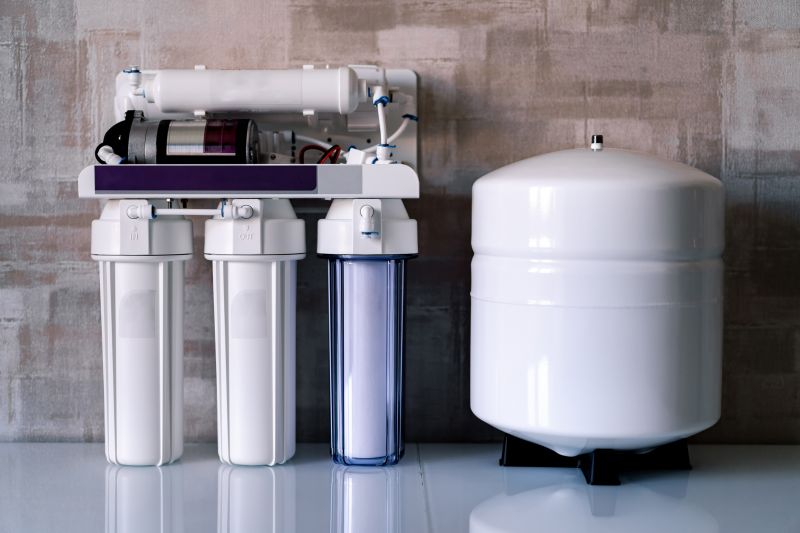
Designed for businesses or large facilities requiring high-volume softening capabilities.
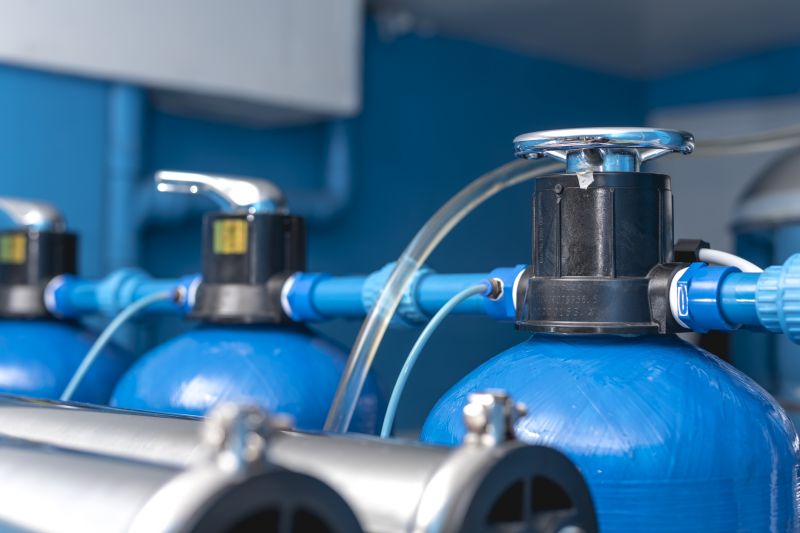
Includes resin tanks, control valves, and salt storage, all essential for effective water softening.
Statistics indicate that water softener systems can significantly extend the lifespan of plumbing and appliances, reduce soap and detergent usage, and improve water quality for daily activities.
Soft water reduces mineral buildup, decreasing wear and tear on household appliances.
Efficient appliances operate more effectively with softened water, potentially lowering energy consumption.
Reduces scale and mineral deposits, resulting in clearer, better-tasting water.
Soft water enhances soap lathering, leading to less soap use and cleaner results.
Benefits of installing a water softener system include improved water quality, protection of plumbing infrastructure, and potential savings on maintenance and energy costs.
What to Expect During Water Softener Installation
Professional installation typically involves assessing the water supply, selecting the appropriate system, and installing at the main water entry point. The process ensures proper connections, programming, and testing for optimal operation.
The installation process usually takes a few hours, depending on system complexity and household plumbing configuration.
Water Softener Installation Timeline
A professional water softener system installation generally requires a few hours, with scheduling based on the home's plumbing setup and system type. Proper planning ensures efficient setup and testing.
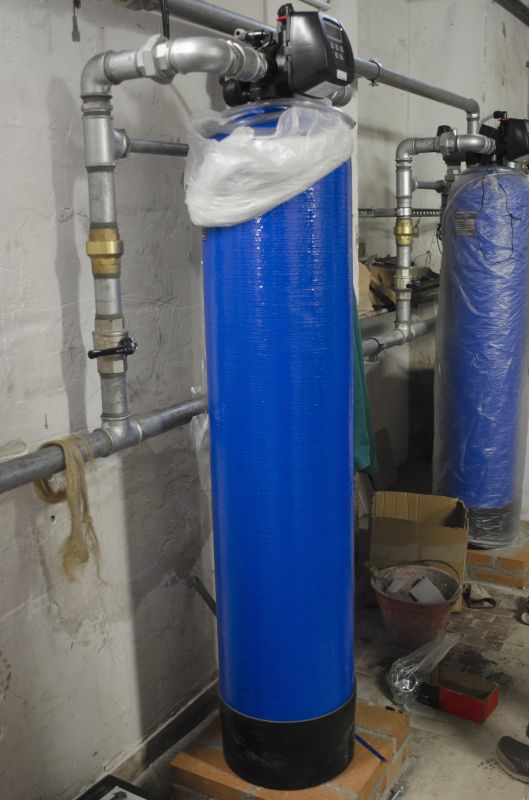
Preparation involves evaluating the location for system placement and ensuring access to water and power sources.

Includes connecting the system to the main water line and configuring control settings for optimal performance.

The final step involves testing the system for leaks, proper flow, and functionality before completion.
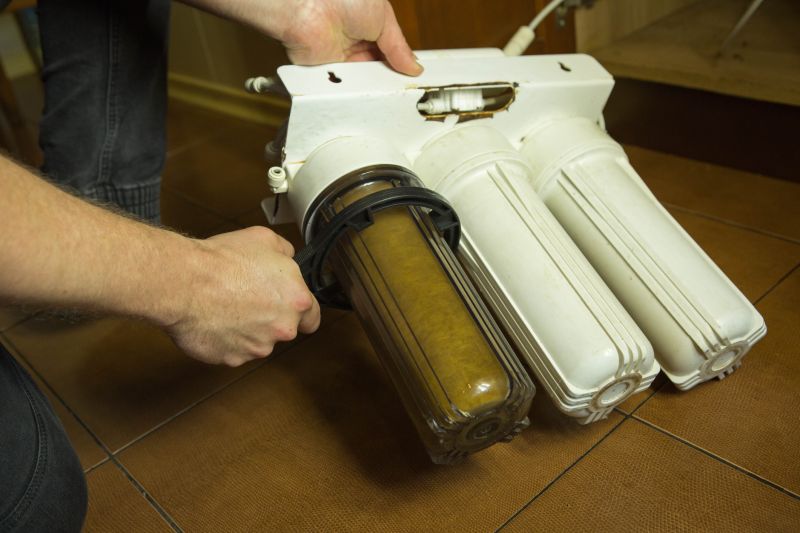
A review of system operation and maintenance guidelines to ensure long-term performance.
Encouraging contact: Those interested in water softener installation can fill out the contact form to receive a detailed quote tailored to specific needs and household size.








